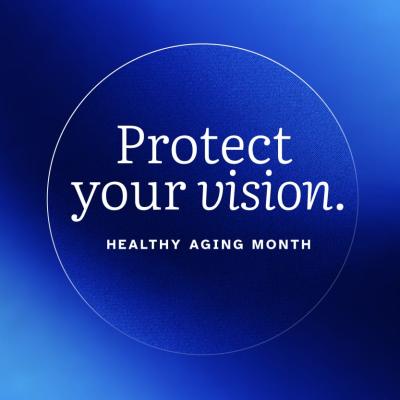Eye care can be expensive. The good news is that there are programs that offer free or low-cost eye exams and eyeglasses. Some health insurance plans also provide free vision screenings and help to cover the cost of other eye care services, too.
Programs that offer free or low-cost eye care
These programs offer free or low-cost eye care. Keep in mind that you’ll need to apply to get help from these programs — and many programs have specific requirements, like having a low income or a higher risk of certain eye diseases.
Most of these programs provide services across the United States, but your area may have local organizations and services that can help, too.
For all ages

These people and organizations may be able to connect you to low-cost eye care:
- Your regular doctor. Your doctor may be able to refer you to low-cost eye care.
- Your eye doctor. If you already have an eye doctor and you need help paying for your care or treatment, ask them if there are programs you may qualify for that can help.
- Community health centers. Some community health centers have an eye clinic and offer free or low-cost care. Use this tool to find a community health center near you.
- Local colleges or universities. If there is a college or university near you that has an optometry or ophthalmology program, ask if they offer low-cost eye care.
- Your local pharmacy. Ask your pharmacist if they offer discounts on medicines or medicine delivery.
VSP Eyes of Hope provides children and adults with no-cost eye care and eyeglasses. This program is for people with limited income who don’t have health insurance. To apply for Eyes of Hope, you’ll need help from a school nurse or a community partner organization.
Lions Clubs International offers help paying for eye care through its local clubs. Some clubs may also provide eyeglasses.
New Eyes provides prescription eyeglasses to children and adults who can’t afford them. A social worker or someone at a community health center may be able help you apply.
Mission Cataract USA offers free cataract surgery to people of all ages who can’t afford it.
Operation Sight helps people with low incomes get cataract surgery.
The American Glaucoma Society helps people with low incomes or no insurance get glaucoma surgery through its AGS Cares program.
The National Federation of the Blind provides free white canes for personal use.
Prevent Blindness has a full list of organizations and services that provide financial help for vision care.
For adults
EyeCare America offers free comprehensive eye exams — and up to 1 year of care — to people age 18 and older.
For children
All Children See connects you with eye doctors that can provide a comprehensive eye exam. Children qualify for the program if they had a vision screening that caught an eye problem — or if they show vision problems. Note this program is only available in some states.
InfantSEE offers free eye assessments for babies ages 6 to 12 months. These assessments are done by an eye doctor and may catch problems that a regular vision check won’t.
Health insurance and eye care

Ask questions
To learn what eye care services your health insurance plan covers:
- Call the number on the back of your insurance card and ask about eye care coverage
- Before your appointment, ask your eye doctor’s office how much your visit may cost and what you’ll have to pay
Under a law called the Affordable Care Act, many health insurance plans are required to cover the full cost of vision screenings for children and teens (up to age 19). Health insurance plans may also help cover the cost of eye care for eye diseases like cataracts, diabetic eye disease, and glaucoma.
Medicaid, CHIP, and Medicare
Medicaid and CHIP (Children's Health Insurance Program) are government programs that offer free or low-cost health insurance for children in families with low incomes. Medicaid and CHIP cover the cost of vision care for children. Keep in mind that each state has different rules to qualify for these programs.
Medicare is a government health insurance program for people age 65 and older and some people younger than age 65 with disabilities. It doesn’t cover routine eye exams or eyeglasses for most people, but it will help cover some eye care if you have:
Some Medicare Advantage plans may also offer vision coverage, so check out your plan for more details.
If you need help understanding your Medicare benefits or coverage, contact your State Health Insurance Assistance Program (SHIP).
VA health care
If you’re a Veteran or service member and qualify for health benefits through the U.S. Department of Veterans Affairs (VA), the VA will cover routine eye exams and preventive vision testing (like testing for glaucoma). You may also be able to get eyeglasses and other vision care you need covered through the VA.
Other health insurance plans
If you enrolled in a health insurance plan through the national Health Insurance Marketplace or a state Marketplace or Exchange, your plan covers free vision screenings for children and teens. Many private health insurance plans — like plans offered by your employer — offer free vision screenings for kids, too.
Before you go to the eye doctor, it’s a good idea to find out if a comprehensive eye exam is covered under your health insurance plan.
If you don’t have health insurance, you may be able to find an affordable plan through the national Health Insurance Marketplace or your state’s marketplace or exchange.

Healthy Aging Month
Getting older doesn’t have to mean losing your vision. While some vision changes are a normal part of getting older, vision loss related to eye diseases and conditions can be prevented. Learn how healthy eye habits, like getting a regular dilated eye exam, can help keep your sight strong for years to come.